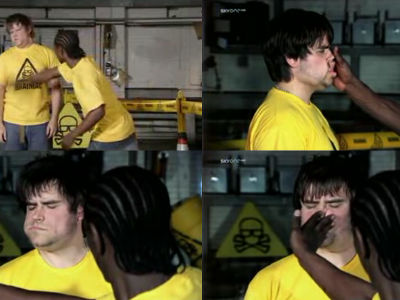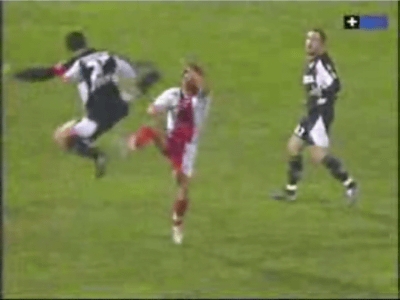What are the points to be aware of in order to write an excellent battle scene, such as 'deepening the character' and 'readers can experience the feeling of the character'?

Whether it's fights, martial arts matches, warfare or fantasy battles, 'battle scenes' are often important moments in stories. However, unlike anime and manga, which convey powerful movements through pictures, it is difficult to depict battle scenes in novels.
Rita Chang-Eppig on How to Write a Fight Scene ‹ Literary Hub
https://lihub.com/rita-chang-eppig-on-how-to-write-a-fight-scene/

“We don’t see a lot of fighting scenes in literary fiction,” says Eppig. It is incomprehensible that it is not possible, perhaps because it is strangely difficult to write, no matter how much experience you have, ”said the difficulty of writing battle scenes.
Although Eppig has never been in a physical fight himself, he has practiced match-style sparring in boxing and said, 'Some of the things I learned there helped me understand what would happen in a fight scene. I would like to think that it is useful for Eppig also cites Katie Kitamura's ' The Longshot ' as a work that depicts a great fight scene, because 'Mr. I understand physicality in a way that most people don't.' In other words, Eppig points out that if you want to depict battle scenes attractively, you need to know more about body movements by moving your body yourself or watching the actual battle with interest.

At the same time, Mr. Eppig cites three main types of examples, saying that ``what the battle scene means'' is important.
The first is the use of battle scenes as a means of advancing the plot and characters. Battles such as quarrels and conflicts can be depicted as scenes in which the character's personality is revealed, as they occur when the character's emotions are exposed to extreme stress or when what he has been holding back explodes. . Also, depending on the fighting style, it is possible to reveal the essential nature of the character, such as 'someone who wants fair and square confrontation' or 'someone who seeks victory according to circumstances, such as throwing sand'.
Describing the hearts of those who fight is also an important point in highlighting the nature of the characters through battle scenes. When ready to fight, clenched fists are associated with boxers, and open hands are associated with grappling techniques. It contains many processes. “There can be a lot of narrative gain from describing thought processes like this,” Eppig said.

A second example of how combat scenes can be used is by focusing on the consequences of a battle. A character's situation can be physically injured or damaged, left with psychological damage such as loss of self-confidence or
Eppig also explains that as a third example of a great battle scene, wounds and damage inflicted on characters can be used to draw the reader into the story. ``In the best battle scenes, the reader can also experience the feeling of being inside the body of the character,'' said Eppig. I am referring to his novel ' The World of Garp '.

In a good battle scene, the reader feels what the character is feeling, such as ringing in the ears, tingling in the hands, pain in the wound, and so on. As an example of a good fight scene, Eppig cites the following scene from The World of Garp. The following depicts a scene in which a nurse repels an attacking soldier with a scalpel. )', the choice of verbs reveals the nature of each character and brings out the reality. At the same time, the attacked nurse feels ringing in her ears and feels dizzy after hitting her head. Mr. Eppig points out that Mr. Irving is a former wrestler and also has experience as a wrestling coach, so he is familiar with the feeling when he actually injures his head, which allows him to depict a realistic battle scene. I'm here.
The soldier screamed. On his feet and falling back, he swiped at Jenny's head with his uncut arm, boxing her ear so sharply that her head sang. She pawed at him with the scalpel, removing a piece of his upper lip the approximate shape and thinness of a thumbnail.
'I threw a right jab, but I dodged it and hit back with my left knee. He turned it around and dodged it,' said Eppig. says. Battle scenes are not just for visualizing movement, but can be expected to have effects such as emphasizing characters, advancing the story further, and making the reader more immersed. ``Reading about a fight may not be as exciting as watching it, but it can be much more satisfying,'' Eppig said.
Related Posts:
in Note, Posted by log1e_dh







